How to Manage Cloud Costs
If you’re sometimes surprised by the bills your business receives for its cloud usage, you’re not alone. More than two-thirds — 70% — of respondents to a recent survey by Vega Cloud Services indicated they’d been surprised by their cloud bills at least six times over the preceding year. About 65% of respondents had set a goal of reducing cloud spending for the year. Reaching this goal can be challenging, however. Cloud bills can run to dozens of pages, making them difficult to decipher.
Steps to take
Is there anything your business can do to better understand and reduce cloud costs? Here are some steps you can take to help your organization control its cloud spending — and get a handle on cloud operations, costs and value:
Discuss cloud costs with managers and employees. Paying attention to any expense is a first step to reducing it. Without this conversation, business unit leaders and employees may have little understanding of how their cloud usage is impacting the company’s bottom line. It helps to reiterate that reducing costs, particularly for capacity or features that aren’t needed, frees resources for other initiatives.
Budget for and track cloud usage. You need to understand how much your business is paying for cloud services and confirm that your investments are supporting productive business initiatives. Allocate cloud costs according to a metric relevant to your business, such as by product lines, customers, projects and/or teams.
Some allocations, such as cloud cost by product line, should allow you to compare, at least roughly, the expense to the revenue generated. This also will help you better understand how cloud services are contributing to your business’s performance. Other metrics, like cloud cost per team or department, may not be directly tied to revenue. However, these measures can help in evaluating how efficiently different departments are using the cloud.
In addition, by breaking cloud costs into the various services your business is using, such as storage and networking, you’ll also be able to identify opportunities to save. For instance, you might shift some data to less expensive storage options.
Adjust usage as business fluctuates. Companies often adjust cloud usage upward to respond to increases in demand, but neglect to adjust when business slows. Autoscaling tools can help your organization optimize its use of cloud services by streamlining and automatically adjusting your use of the resources to reflect changes in traffic.
Apply procurement controls. Just as they should for any significant purchase, business units should present solid justifications for their cloud use. Where possible, negotiate vendor agreements that provide some flexibility in meeting usage commitments. If your volume warrants it, consider using more than one cloud provider. This allows you to choose the services from each that best fit your operations and budget.
Watch for features and uses that aren’t needed. For example, you may find duplicate and unneeded data sets residing in your cloud storage. Eliminating the duplicate data — deduplication, as it’s sometimes known — can cut costs. Also look for services that were needed at one time but no longer are, such as storage tied to a server that’s no longer used.
Additional steps
In addition, when possible, reserve cloud capacity. By committing in advance, you often can access capacity at a lower cost than is possible if you wait until the last minute. And leverage visibility tools, which can provide visibility into your cloud operations and expense. These can help you control costs and boost efficiency.
Finally, establish a cloud governance model. Developing governance policies to guide cloud operations can help your organization better manage its use of cloud resources, enhance security and improve cloud operations.
A dynamic process
Because cloud operations will change as your business evolves, managing cloud expenses should be a dynamic, ongoing process. Regularly fine-tuning your cloud management efforts will help your business use its cloud resources efficiently and effectively. Your accounting professional can help you evaluate and manage your business’s cloud spending to ensure it’s helping to drive performance.
This material is generic in nature. Before relying on the material in any important matter, users should note date of publication and carefully evaluate its accuracy, currency, completeness, and relevance for their purposes, and should obtain any appropriate professional advice relevant to their particular circumstances.
Share Post:









